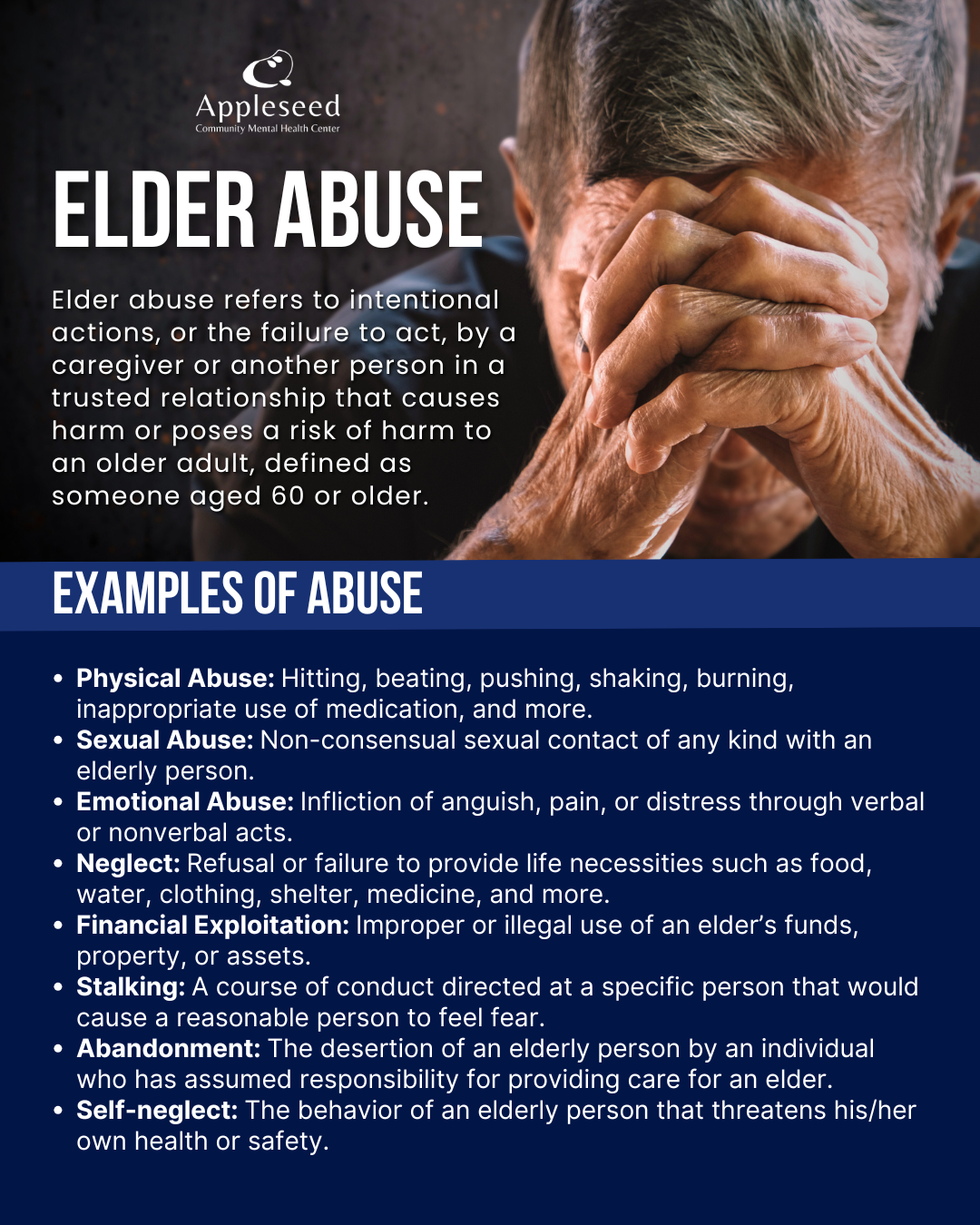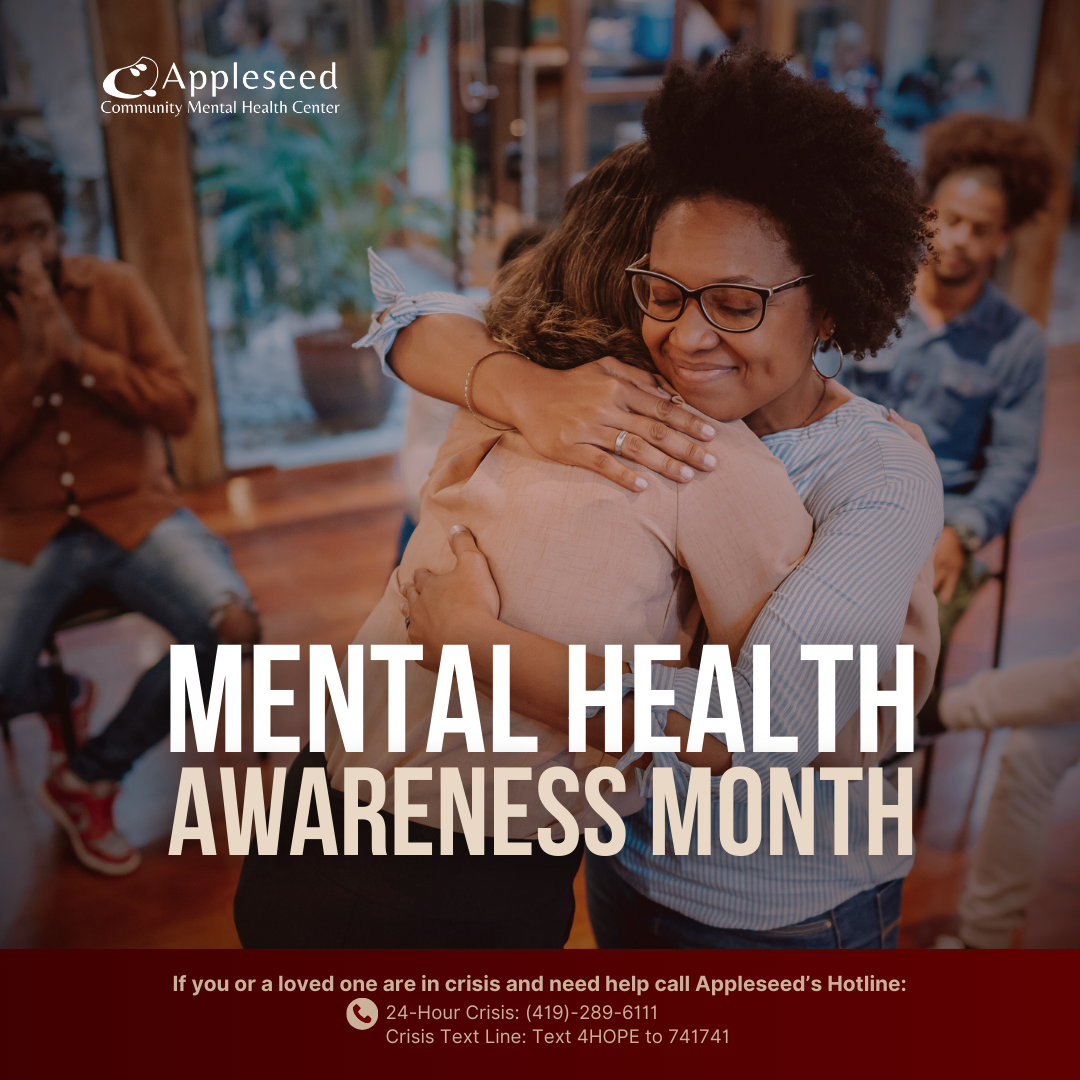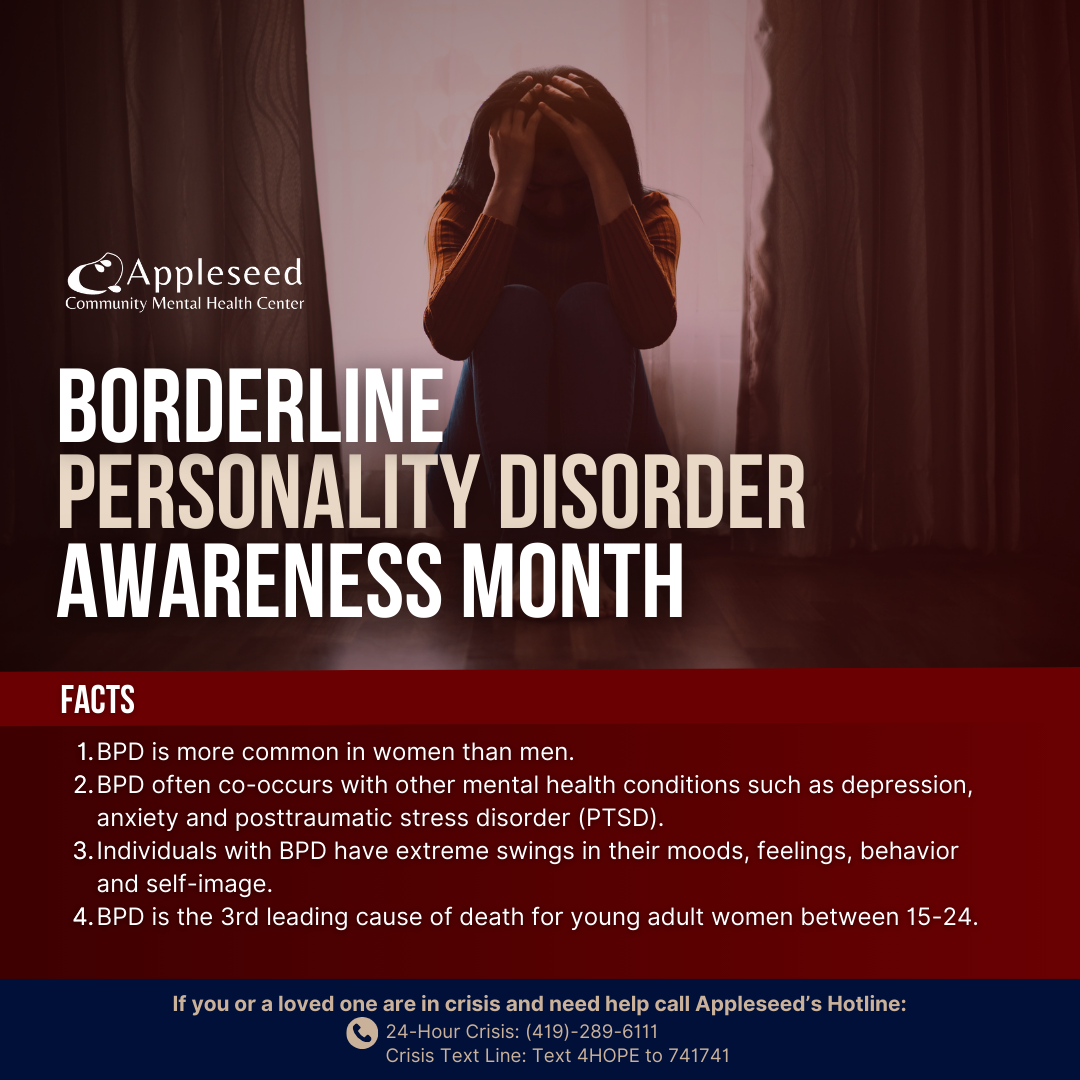What Is Elder Abuse?
Common Types of Elder Abuse
Elder abuse is not always physical. It may include:
Physical Abuse: Hitting, pushing, shaking, or misuse of medications.
Sexual Abuse: Any non-consensual sexual contact.
Emotional Abuse: Verbal assaults, threats, or other forms of psychological harm.
Neglect: Failing to provide basic needs like food, water, shelter, or medical care.
Financial Exploitation: Misusing or stealing an elder’s money or assets.
Stalking: Repeated behavior that causes an elder to feel unsafe.
Abandonment: Leaving an elder without care or support.
Self-Neglect: When an elder cannot or does not care for their own well-being.
Why Awareness Matters
Elder abuse often remains in the shadows due to fear, shame, or the inability to report. Awareness is the first step toward prevention. By educating ourselves and others, we can better recognize the warning signs and take action.
What You Can Do
Educate Yourself and Others: Learn the signs of abuse and share this knowledge.
Check In: Stay connected with older family members, friends, and neighbors.
Report Concerns: If you suspect abuse, contact Adult Protective Services or local law enforcement.
Support Caregivers: Offer help or resources to prevent caregiver burnout, a major risk factor.
Together, We Can Make a Difference
Everyone has a role in protecting the aging members of our communities. Let this month be a reminder to advocate for respect, compassion, and safety for all older adults.






